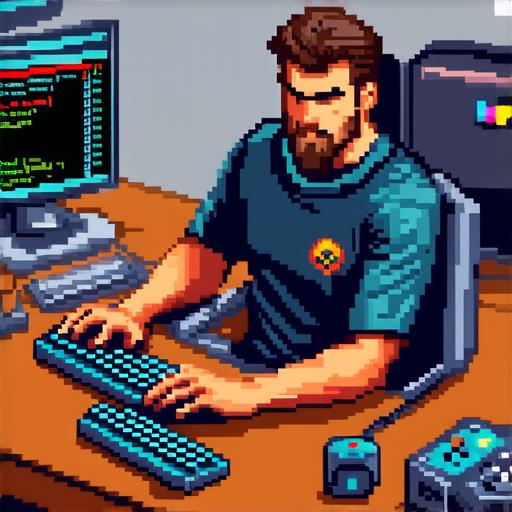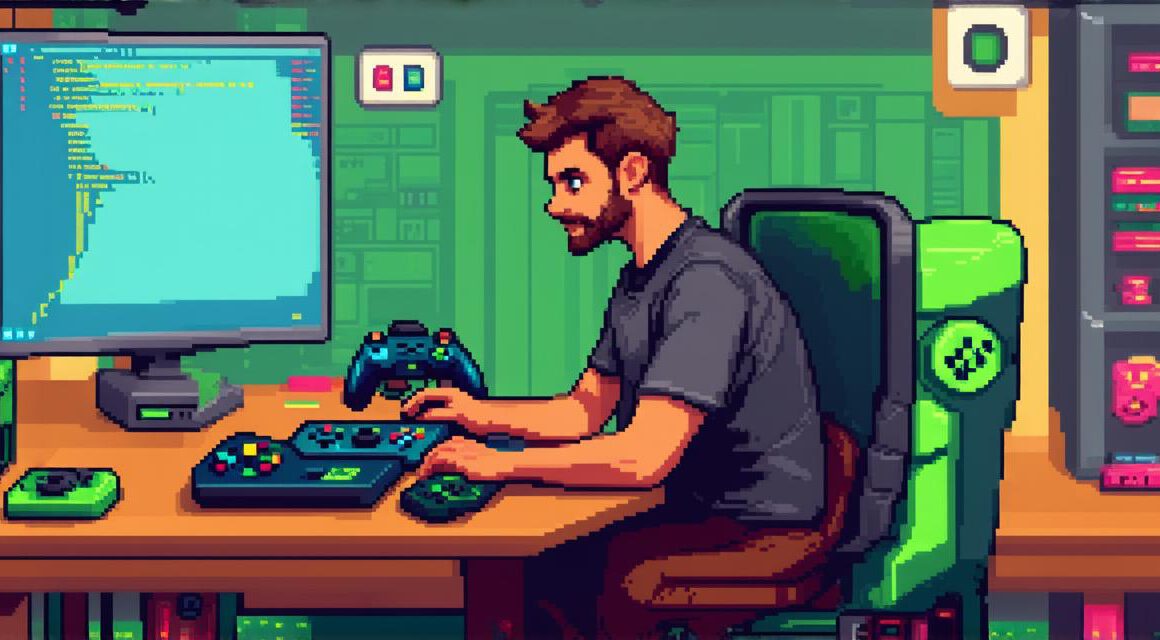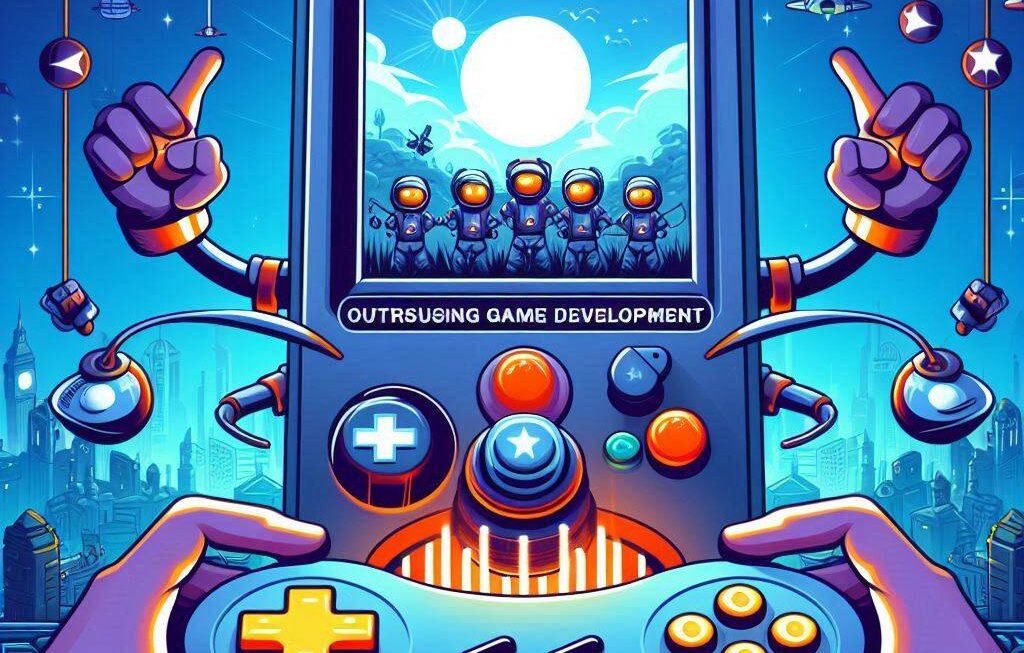In the dynamic world of game development, crafting captivating 2D games is an art that demands both creativity and technical prowess. This guide offers insights, strategies, and practical tips to help you navigate the process effectively.

Embracing Simplicity: The Power of 2D Games
2D games, with their minimalistic charm, continue to captivate audiences worldwide. They offer a unique blend of accessibility and depth that can be harnessed to create engaging experiences. Case in point: Super Meat Boy, a platformer that masterfully combines simplicity with challenging gameplay.
Planning Your Masterpiece: Pre-production Essentials
Before diving into the code, it’s crucial to plan your game meticulously. This includes defining your game mechanics, creating character designs, and sketching out levels. Remember, a well-planned game is half-built!
Choosing Your Tools: The Game Development Arsenal
The choice of tools can significantly impact the development process. For 2D games, engines like Unity and Godot are popular choices due to their versatility and user-friendly interfaces. However, personal preference and project requirements should guide your decision.
Crafting Engaging Gameplay: The Heart of Your Game
Gameplay is the lifeblood of any game. It’s essential to create mechanics that are intuitive, engaging, and challenging. Experimentation and iteration are key here. Remember, a great game is one that keeps players coming back for more!
Polishing Your Creation: The Art of Aesthetics
Aesthetics play a significant role in the overall appeal of your game. Ensure your graphics are visually appealing, your sound design immersive, and your user interface intuitive. Remember, a beautiful game is more likely to be played!
Launching Your Game: The Final Frontier
Once your game is ready, it’s time to share it with the world. Platforms like Steam, Itch.io, and the App Store offer opportunities for indie developers to showcase their creations. Remember, a successful launch can lead to a thriving community!
FAQs
1. What tools are best for 2D game development?
Unity, Godot, and Construct 3 are popular choices for 2D game development.
2. How long does it take to develop a 2D game?
The time taken to develop a 2D game can vary greatly depending on the complexity of the game mechanics, graphics, and sound design.
3. What makes a good 2D game?
A good 2D game combines engaging gameplay, visually appealing aesthetics, and an intuitive user interface.
In conclusion, developing a 2D game is an exciting journey that requires creativity, technical skills, and perseverance. By following the tips outlined in this guide, you’ll be well on your way to creating engaging, captivating games that resonate with players worldwide.



